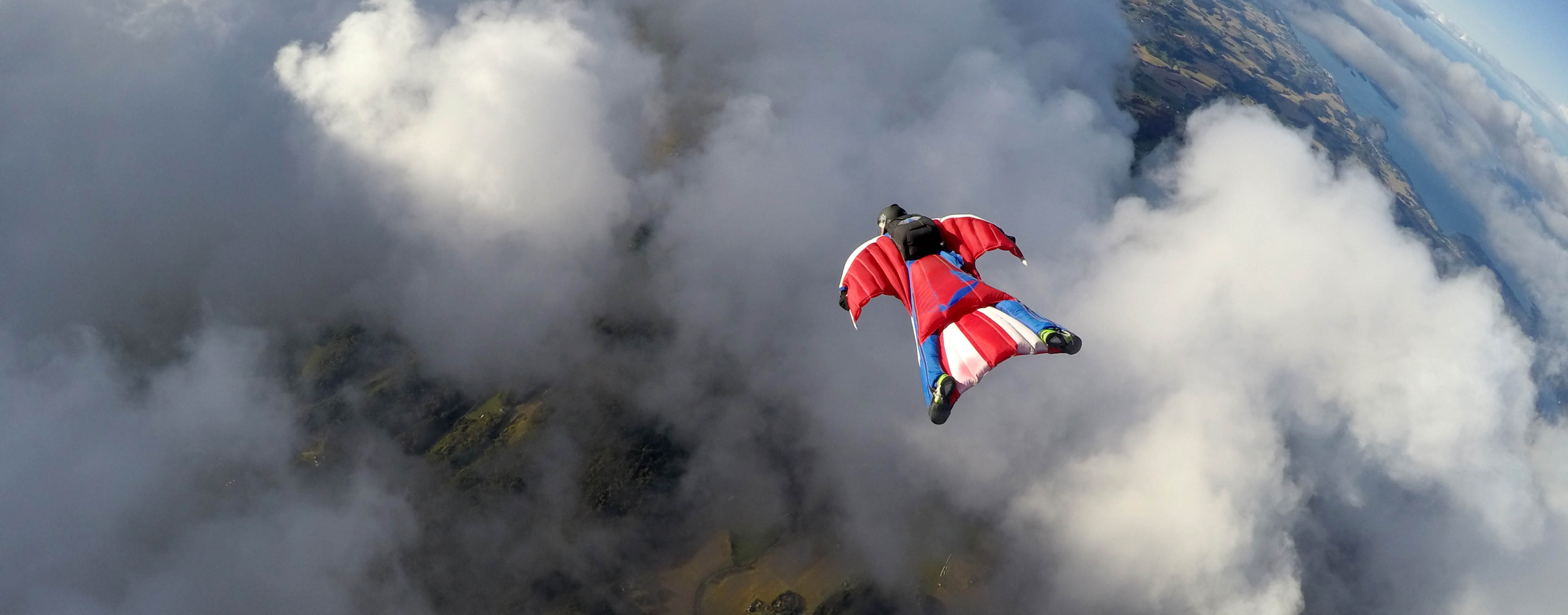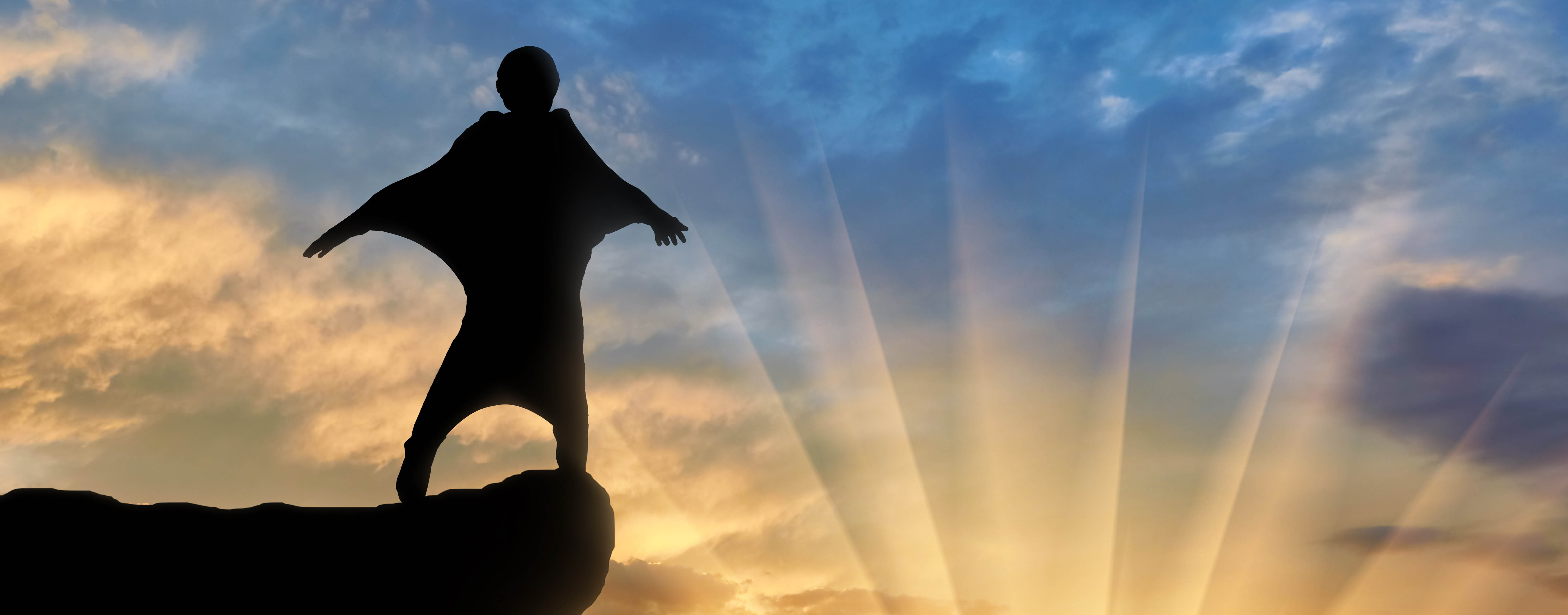The Summer School Lesson Plan
Lessons aren’t always taught and learned within the confines of a classroom and an education isn’t always received from a teacher at a school or institution. Sometimes the best lessons learned are those that make us question ourselves and challenge our abilities.
Maybe this is why I try so diligently to step aside from my office desk and step out into the one place that I truly feel at home—the great learning institution of our rivers, oceans and mountains.
About ten years ago, I hadn’t quite started towards my college degree but had begun what would become a feverish travel ambition to include an annual summer pilgrimage to the Alps. At first, my trips to the Alps were to see and experience the things that I had only seen in pictures or videos. Everything was new to me and I was a bit hasty and rambunctious with my time. My scope of activities was limited almost exclusively to BASE jumping. But as the years have gone by, I have focused less on keeping the throttle pegged to eleven and more on experiencing other aspects of the mountains, mountain culture, history, and beauty of such an incredible landscape.
This has made things a bit challenging, as it requires more time and a reprioritizing of resources. But it has paid significant dividends in my mental well-being, thus making my transition back into the “real world,” post military service a bit less painful. This year, (three years removed from military service and 2 semesters shy of my graduate degree) I decided to enroll in a summer school class for my master’s program just to make things a little more interesting. While I never falter on responsibilities or obligations, this addition to my annual mountain adventure-fest would certainly be unfamiliar territory.
Taking a summer school class wasn’t part of my plan. However, the availability of this particular course would be an excellent way to reduce my course load during my thesis semester. There was only one issue: I had already booked my summer trip and dedicated a large amount of money and resources towards it.

After a short conversation with the course’s professor, I was able to work out a viable and responsible way to meet all of the objectives and still salvage the business and pleasure portion of my trip (the jaunt through the Alps would be directly after my jump into Normandy for the 75th anniversary of D-Day).
Regardless of school, I had images of soaring grandeur in my head. There were several jumps that I had been dying to do in previous years and hadn’t been able to for one reason or another. I also wanted to get in some paragliding and as much speedflying as possible. While I generally try to remain somewhat flexible in my plans, this year I would have to give up most hope of getting some of these jumps/flights in.
I decided to bring my speedwing (a small, fast wing based largely on a paraglider, but in contrast is designed to fly fast, steep and lower to the ground) with me to the Alps instead of just wingsuits and BASE rigs. As
it would turn out, this decision would help give me the flexibility in time spent adventuring since nearly all of the bigger, Alpine BASE exits were still under snow and ice.

After a quick two-day stop in Germany’s Black Forest region to pick up a cuckoo clock and gummy bears, I finally arrived in the heart of the Berner-Oberland region of Switzerland. Sitting in the shadow of the Alpine legends, Eiger, Monk and Jungfrau is a series of valleys and steppes that is prime for anything mountain and anything adventure. A literal postcard, this region is where the novice and expert alike come to test their mettle. As I nestled into my chalet, unpacked and organized my gear, I began to come up with a game plan.
Already caught up on school work for the week from my frolic through the Black Forest, I earned myself a few days of play and would ultimately decide to shake off the cobwebs with a few warm up jumps at an exit called “Via Feratta.”
With a few jumps under my belt and a few beers and brats in my belly, I decided to retire to my chalet, open up the window to the balcony and listen to the waterfalls and ultimately, the rain, which stuck around about two days longer than forecasted. I used this opportunity to suck down cappuccino and hammer down on schoolwork.

Finally, my good mates Mavs (from Australia) and Chinook (from The Netherlands) and I decided to check out the indoor standing surf wave an hour away in Lucerne. If you’ve never heard of a standing surf wave and have no idea of the concept, then just think of a wave formed in a river that never ends, shuts out or breaks and stays in one place. Now think of that same concept, but inside, and in a huge rectangular pool. After a few good falls and a bit of stance adjustment, I was making full use of the width and depth of the wave and, most importantly, found a new way to spend weather days!
Once the weather passed through the area, Mavs and I decided to hit up some of the hillsides above the Via Feratta exit to try our luck with some hiking and speedflying fun. While I had skied this area in the winter and early spring months, seeing it with an eye that was primarily focused on carving deep turns in fresh Swiss powder, I was now looking at the terrain with a different scope of intent.
There is just something surreal and unnatural about flying over mountain terrain only feet above the ground or treetops when the ground falls away and you suddenly have 2,500 feet of air between you and the next solid thing below you. It’s like getting the rug pulled out from underneath you, only the rug is the Earth. No matter how many times I fly lines like this, my lower belly tingles with simultaneous nervousness and excitement. Making this line so much sweeter was the fact that that there is a massive waterfall that drops the length of the cliff wall that we get to play with. The visual of the water falling away from you as you fly alongside it, then putting the wing into a dive next to the waterfall only to see the water slow down then seemingly go upward as you accelerate faster than it is falling is unreal.

Once safely back on the ground, high-fives, yip-yaws, brats and giggles were of abundance. Mavs would have to get back to work sooner than later anyway and I determined that I could stand to crack the books a bit more to stay ahead on things. Or at least not fall behind. Back to my chalet I went, cappuccino in hand.
The next few days would be a repeat of the day before. Morning speedfly run from the Schiltgrat to Stechelberg, laughs, high-fives, brats, giggles, followed by wind and thermals midday, followed by one or two afternoon BASE jumps, capped off with a late afternoon/evening thunderstorm and rain. Not a bad way to spend a good portion of the week.
Finally, as if Mother Nature was finally done giving us a hard time, our schedules and the weather finally synced up like a Swiss watch. Right on schedule and just in the nick of time too. I was coming down to my last week in the Alps and still had some fun (and schoolwork) to get done. With a solid weather forecast finally in our favor in the northeast corner of Switzerland, we decided to make a run toward the border and try our luck. Literally a stone’s throw from Lichtenstein (only a few kilometers from the border), this area is known for great skiing, awesome paragliding, and what has now become one of the most infamous wingsuit BASE exits in the world.
Affectionately known as “The Crack” to most people, “Sputnik” and the exits along the ridgeline that it sits on have become an icon in the sport. While I had jumped this area before, we had our sights on trying to find a viable footlaunch site for our speedwings so that we could explore the area further and in a different way. This would take a bit of RECCE, a dash a research, and definitely a leap of faith. We decided on mid-morning launches for breakfast and wingsuit BASE jumps for lunch and dinner. This would be a meal plan that even Brooke West would approve of.

We were stoked. The set up for our first launch off the saddle between “Sputnik” and “Fatal Attraction” (another BASE exit) was filled with a lot of angst and unsettled emotion. We were confident in our ability as well as our planning and assessment of the site and conditions, but the unknown still sat firmly on our shoulders whispering doubt into our ears. Eventually, after a bit of self-talk and acute attention to the sine wave of conditions, our confidence in ability and assessment won the battle. One last line and harness check and we started running down the hill, one after another until our feet were no longer furiously striking the ground. While the feeling of relief came over me that I was now safely on off the ground, I quickly fell into sensory overload with seeing this terrain in a completely different way. There were so many more possibilities with this form of flight over wingsuiting. There is more glide, more time, more range, and more unknown.
Mavs and I decided to make these first few flights at this new site what we call, “sightseeing” flights. Smooth, mellow flights where we take in all the aspects of the flight; terrain, sights, everything. Once on the ground, we chatted about the flight, what we saw, what we thought, and how we wanted to attack the next flight. After the hour-plus train ride around the ridge to switch out gear and get back up the mountain, we would make good on both our lunch and dinner dates with our wingsuits.
After three days of this diet, our appetites were completely sated. I was sitting fat and happy on the drive back to Zurich, ready to hop on a plane and catch up on the homework that I had been neglecting.
Whether the fun was just starting to really happen or you feel you just left too many cards on the table, the close to a trip can often be bittersweet. However, regardless of the “big Alpine jumps” that I didn’t get or the time “seemingly wasted” spent doing homework and watching the rain fall, after nearly a month traveling through Europe seeing the best it has to offer, I was content and ready to get back home.





